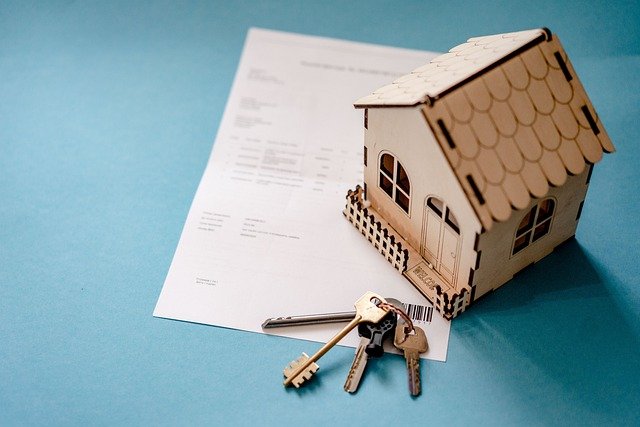Rent-to-Own Properties Explained: A Practical Guide for First-Time Home Seekers
For many first-time home seekers, the path to homeownership can seem daunting. Traditional mortgages often require substantial down payments and excellent credit scores, which can be challenging for some individuals. Enter rent-to-own properties – a potentially viable alternative that bridges the gap between renting and owning. This guide will explore the ins and outs of rent-to-own agreements, helping you understand if this option might be right for your journey towards homeownership.

How do rent-to-own agreements work?
Rent-to-own agreements, also known as lease-option contracts, allow potential buyers to rent a property for a specified period with the option to purchase it at the end of the lease term. During the rental period, a portion of the monthly rent typically goes towards the future down payment or purchase price. This arrangement gives tenants time to improve their credit score, save for a down payment, or stabilize their financial situation before committing to a mortgage.
What are the pros and cons for first-time buyers?
Pros:
-
Time to improve credit score and save for a down payment
-
Opportunity to “test drive” the home before purchasing
-
Potential to lock in the purchase price in advance
Cons:
-
Higher monthly payments compared to traditional rentals
-
Risk of losing money if you decide not to buy
-
Limited control over the property during the rental period
-
Potential for complex contracts with unfavorable terms
Weighing these factors carefully is crucial for first-time buyers considering a rent-to-own agreement.
What steps are involved in moving from renting to homeownership?
-
Research and find a suitable rent-to-own property
-
Negotiate and sign a lease-option agreement
-
Pay rent and option fees during the rental period
-
Work on improving credit score and saving for a down payment
-
Obtain mortgage pre-approval as the purchase date approaches
-
Exercise the option to buy or walk away at the end of the lease term
Throughout this process, it’s essential to stay focused on your financial goals and maintain open communication with the property owner.
What are common pitfalls in rent-to-own deals and how can they be avoided?
One major pitfall is entering into a poorly structured agreement. To avoid this, have a real estate attorney review the contract before signing. Another common issue is overestimating one’s ability to qualify for a mortgage by the end of the lease term. Conduct a realistic assessment of your financial situation and work diligently to improve it during the rental period.
Some renters also face the risk of losing their investment if they can’t secure financing when the option period ends. To mitigate this, start working with a mortgage lender early in the process to understand your options and requirements.
What key questions should you ask before signing a rent-to-own contract?
Before committing to a rent-to-own agreement, ask these critical questions:
-
What is the purchase price, and how is it determined?
-
How much of the monthly rent goes towards the purchase?
-
What happens if you decide not to buy or can’t secure financing?
-
Who is responsible for maintenance and repairs during the rental period?
-
Are there any restrictions on modifying the property?
-
What are the specific terms for exercising the option to buy?
Asking these questions will help you better understand the agreement and protect your interests.
How do rent-to-own costs compare to traditional buying and renting?
Rent-to-own arrangements typically involve higher monthly costs compared to traditional rentals. This is because a portion of the rent goes towards the future purchase of the home. However, these costs can be lower than immediately buying a home with a mortgage, especially for those who need time to improve their financial situation.
Here’s a comparison of typical costs associated with different housing options:
| Option | Monthly Payment | Upfront Costs | Long-term Benefits |
|---|---|---|---|
| Renting | $1,000 - $1,500 | Security deposit (1-2 months rent) | No equity buildup |
| Rent-to-Own | $1,500 - $2,000 | Option fee ($2,000 - $5,000) | Portion of rent goes towards purchase |
| Traditional Buying | $1,200 - $1,800 (mortgage) | Down payment (3-20% of home value) | Full equity buildup |
Prices, rates, or cost estimates mentioned in this article are based on the latest available information but may change over time. Independent research is advised before making financial decisions.
In conclusion, rent-to-own properties offer a unique path to homeownership for first-time buyers who may not qualify for traditional mortgages. While these agreements come with both advantages and risks, understanding the process and asking the right questions can help you make an informed decision. Remember to carefully review all terms and consult with professionals before entering into any rent-to-own agreement to ensure it aligns with your long-term homeownership goals.



